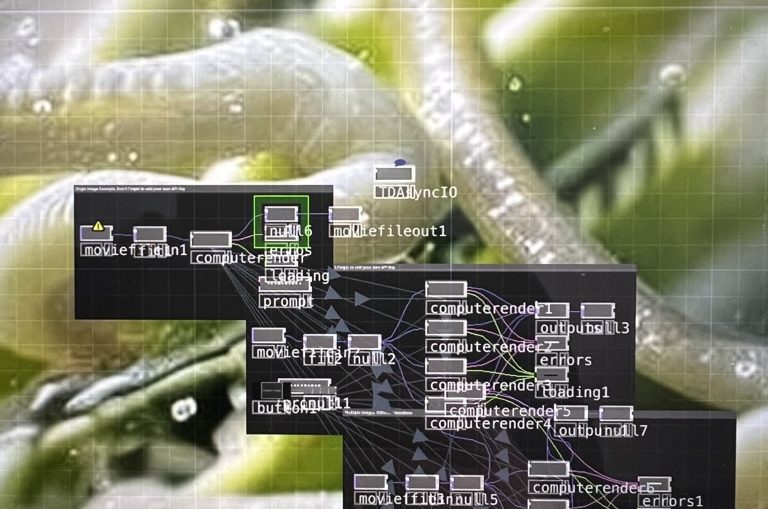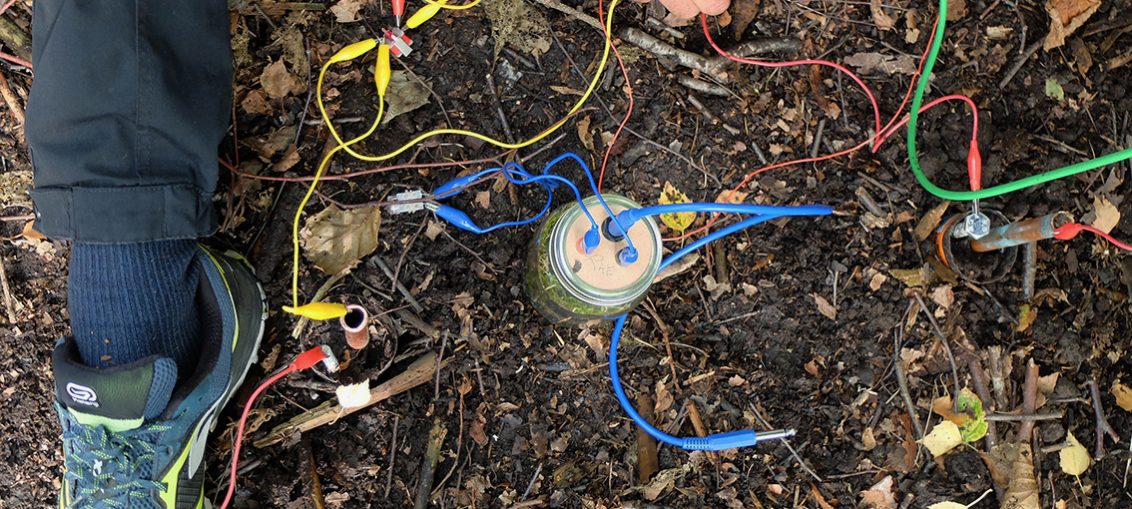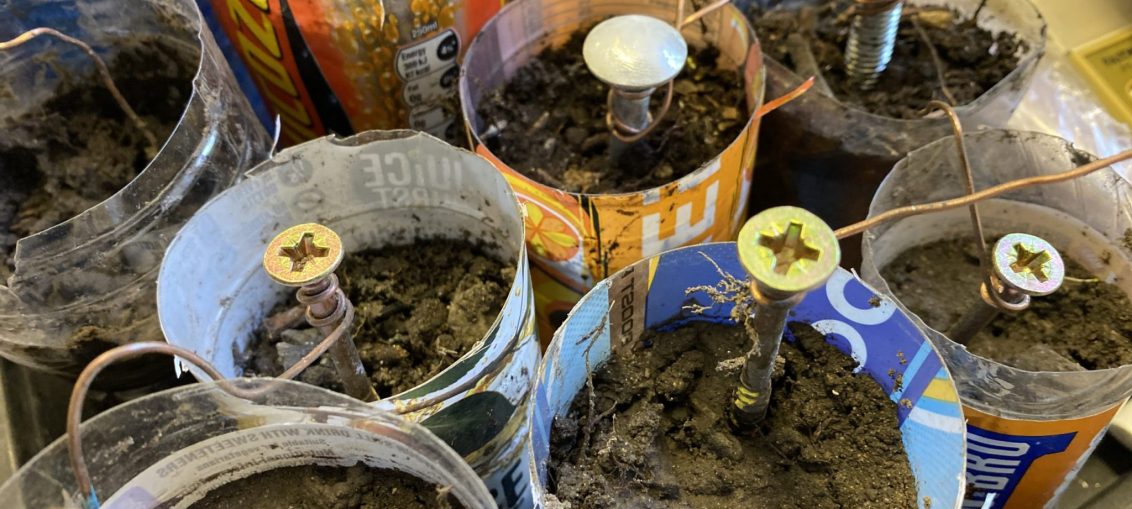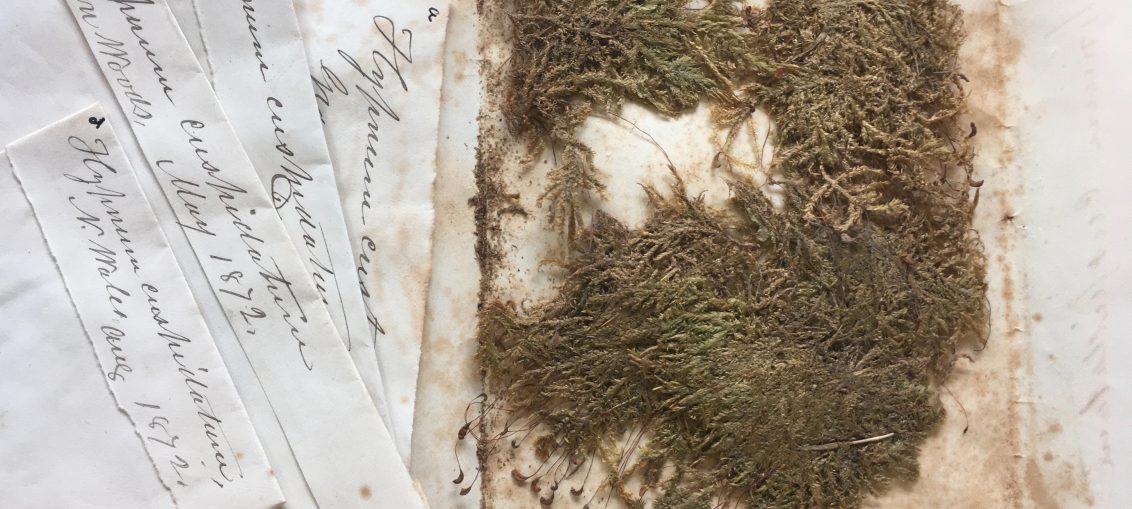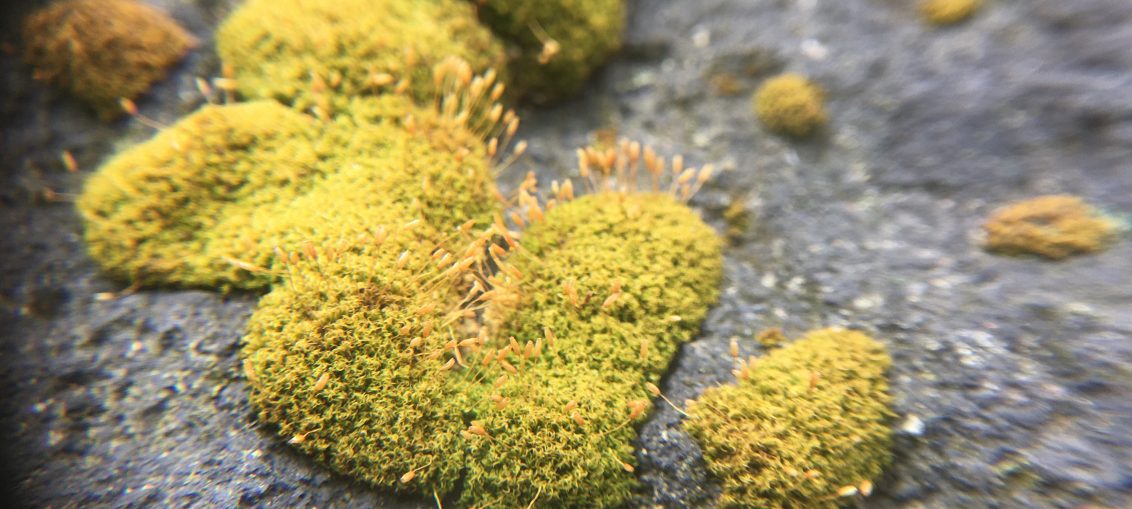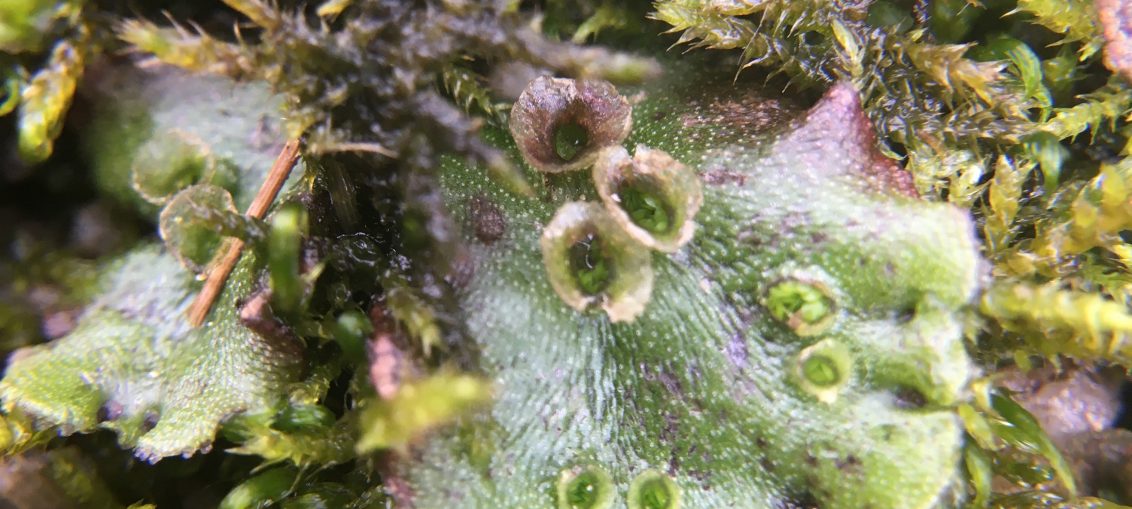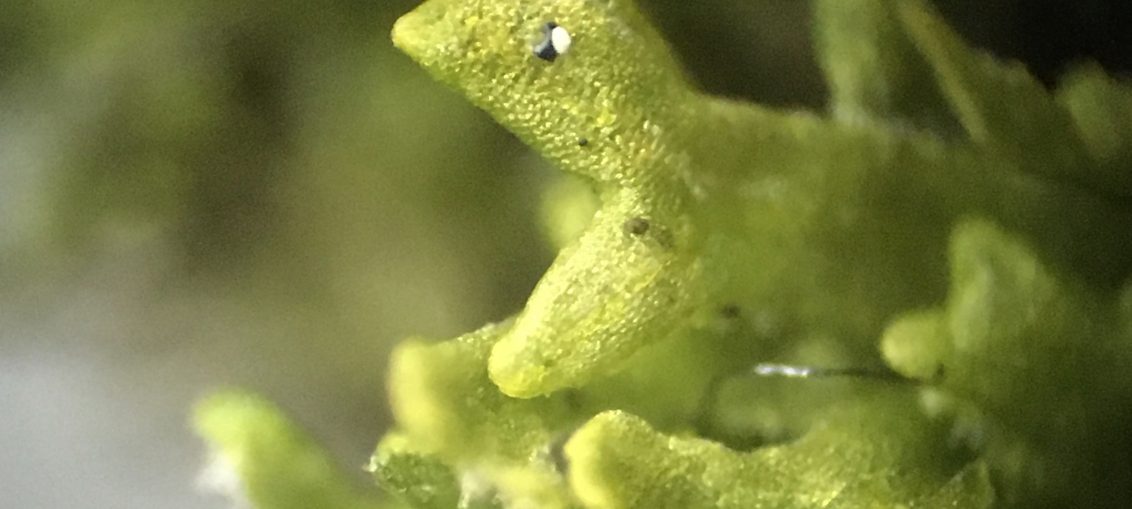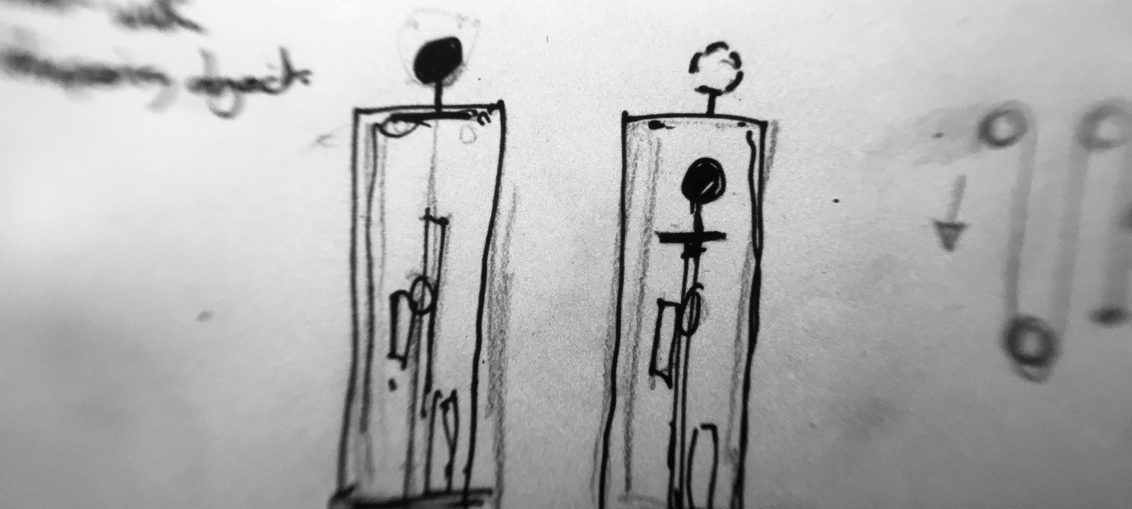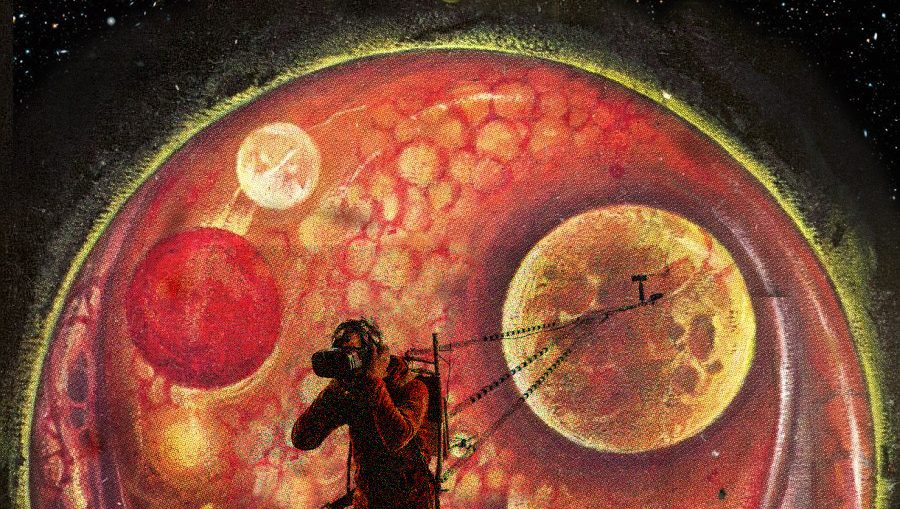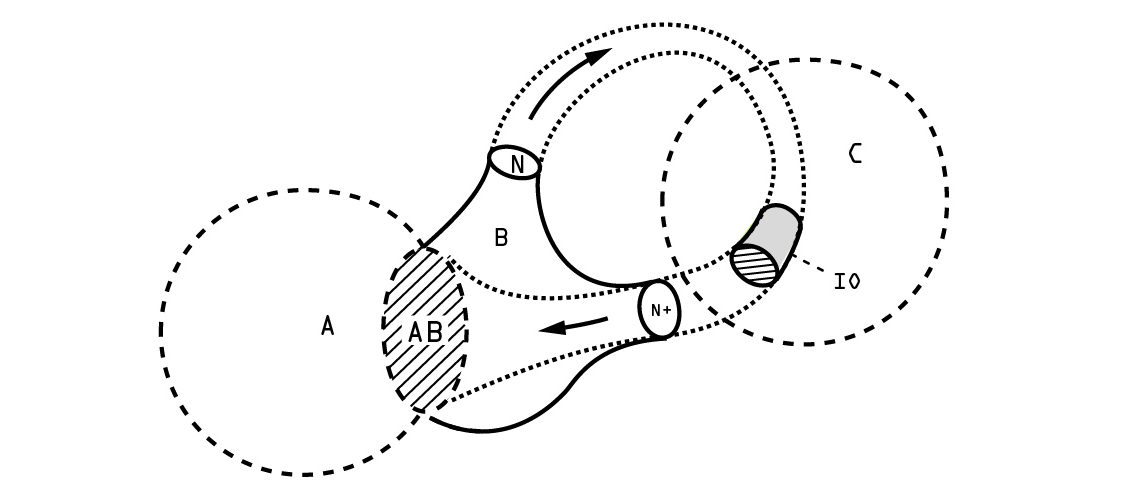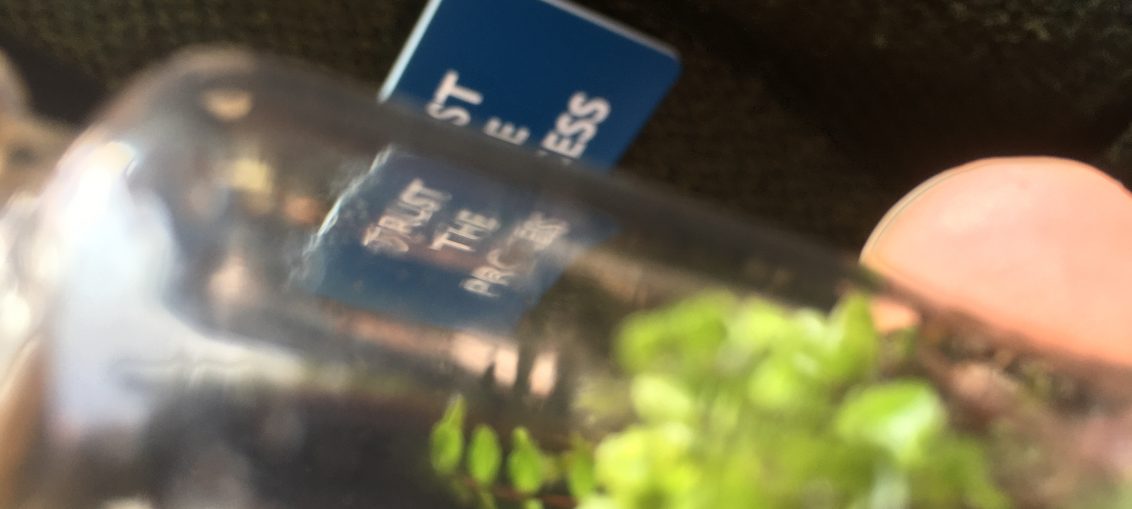This nodal synth project is based on a false memory. I was discussing false memories with friends last night and reflecting on some of my own. I woke up the next day still thinking about this. I often think about something that my friend Ben had shown me years ago, I have this strong memory of connected objects like a circuit diagram or a mechanical network, and of it running like a program and making sound, and I have a distinct image of it which I am pleased to say I have recreated here. At the time Ben was studying music and physics, maybe 1998ish. I had no idea what coding was at the time, but I understood mechanical systems and
Notes and writing
Writing, creative writings, reflections and thoughts from conferences and meetings and discussions.
Carbon Cloud Chat
https://carbon-cloud-chat-21c0d88f.base44.app As a thought experiment, I used AI to develop a carbon-aware AI chatbot that actively discourages the use of AI and guides users toward lower-carbon alternatives, or encourages them not to use the AI at all. I have been working on several modules related to UX and sustainability in the digital arts this year, and the ecological impact of AI is a key concern. This is a work in progress, and I will use this app as a point of discussion in my lectures. I am aware of the meta irony here: I used AI (Basse44, with one primary design prompt and 20 further iterations, plus a few hours of testing) to build an AI that advises people not to overuse AI. That
Minute to Midnight – Exhibition Gallery Oldham
It’s not often I get to opportunity show my work in an actual gallery these days such is the plight of the socially engaged / process based artist, and it makes me remember how much I love the process of developing a dialogue with other artists and the space of gallery. And it is a delight to be showing along side some amazing artists. @verdant.city @adelecjordan@mishkahenner and @rebeccachesneyartist @galleryoldham A Minute to Midnight December 7 - March 1, 2025 So how does moss relate to climate change? Here are some interesting facts I put together for @sparkartistsnetwork and the forthcoming panel discussion: Moss is under threat: According to the 2023 IUCN Red List of the of moss in Britain , 19% are
Touchdesigner experiments
This year I started working with Touch Designer https://derivative.ca/. TouchDesigner is a multimedia visual programming environment with a node based interface for “Creative Coding”. I am learning how to combine sensors as control inputs for video and sound, the generative aspects are also fascinating. It is a steep learning curve (with pythonic code to learn along side this). I will post progress here... View this post on Instagram A post shared by Antony Hall (@tonazoid) View this post on Instagram A post shared
Boundary detectors – mosscillator walk
A day of field work, walking and talking with @glassball.studio we walked across a segment of the Peak District national park boundary, connected our boundary detector up to a fence to create a strange radio like circuit (also connected with a bat detectors as signal transducer) we could hear strange sounds emanating from the either. Initially we discovered we could almost perfectly receive Radio 4. With some further tweaking / breaking we were able to get a multitude of voices - “Hello…Hello… “ one said as if speaking to us. View this post on Instagram A post shared by Antony Hall (@tonazoid)
Visit to Art Ecology
I visited the Isle of Wight to find out more about the Art ecology group and their #vertipool project (and generally chat about moss and urban / eco design). They have an Interesting ideology of hyper-local working and employ a methodology that resists consumerist mass production models (many #greenwalls and moss tiles are patented technologies that require energy and are tied into maintenance contracts. Alternatively Art Ecology take more of an open source socially engaged approach, working with communities and training people to help make the pools (which are best made by hands). This hand making approach allows for a greater speed of making and building in complex structural features, nooks crannies and overhangs, that would not be possible with
NOW IS THE TIME OF MOSS
Glint- Instagram residencey
What is it that I do?
The question, "But, what is that you actually do?" [1] was posed to me as an impressionable master's student [2] after having presented my entire portfolio of work; the question perplexed me because, at that time, my practice was still developing, and I still wasn't entirely sure what it was that I was doing. Later as an emerging professional artist discussing practice, this straightforward yet wise advice was given by a curator; 'Think of a thing that you do, and keep doing it' [3]. The thing was, even though there was clearly 'a thing that I did', having embarked on the foundational works that would inform my practice for many years to come, it took years to realise what it really was that I did. My Tabletop Experiments
Boundary Detector Workshop / Part – 2
17/09/2022 Second Workshop at Longdendale Environmental Centre as GUIDEline project with Glassball Studios: In this workshop, we continued to work on our boundary detectors; moss terrariums with carbon and aluminium layers which act as electrodes. In my test, I used moss growing on a carbon graphite felt layer (the anode), over a granular substrate of Zeolite (the electrolyte, but in the workshop, we used grit and mud collated from the boundary). The base of the jar is covered with aluminium foil (the cathode). As the moss photosynthesises and microbes do their thing - electrons are exchanged between the two electrodes generating electricity (more info on the science at end of this post). However, it is as yet unclear exactly how
GUIDEline Micro-Commission
Exploring the nature and origins of the first National Park and its boundary. I have been commissioned as part of the GUIDEline project by Glassball Studio. Over the summer Alison Lloyd and I will be working alongside Glassball, continuing a conversation that started back in 2021, bringing our practices to the boundary of the Peak District National Park, using the Longdendale Activity Centre as a base from which to explore. Here are some outcomes, ideas and works in progress so far... Walk with Tim Cambel-Green View this post on Instagram A post shared by Dr. Antony Hall (@tonazoid) Walking with Tim - exploring these
Revos Ebike Conversion Kit
Thanks to Revolution Works revolutionworks.com for supporting my project with one of these Revos Ebike conversion kits. See my review here when it's done. https://revolutionworks.com/ Field Station is a mobile resource [a bike trailer] used for pop-up interventions and workshops developed as part of a Climate Change Awareness Project With Manchester Art Gallery. As Field Station develops, the trailer structure is getting increasingly heavy [see the work in progress here]. Towing a heavy trailer on the flat is was no problem - but slow going. Luckily for me, sub-urban manchester is relatively flat, but there are a couple of key hills and numerous steep inclines that are particularly challenging. So I decided to look to get some electrical assistance. I didn't want
Field Station – trailer design and inspiration…
This page shows some of the motivation, inspiration and design ideas used in the Field Station project, see the work in progress here. Over the last few years, I have been loading my bike with increasingly heavy loads for field research style workshops sometimes in remote locations. More recently I have been mapping my local 'research realm' that I can access from my doorstep by bike, the sub-urban postindustrial outskirts of south manchester, interesting ecological sites, reclaimed rubbish tips, canals rivers and obscure ponds. These are often less picturesque in-between spaces that have been neglected by the local council, often prone to fly-tipping. Middlewood Trust WorkshopUnder the Darkest Sky [Above some more remote areas to which I travelled to by bike with insanely heavy loads of
para-lab : Materials Group workshop
Para-lab workshop 25th April with the Materials group. Material scientist Aled Roberts led a workshop based on his work exploring how new sustainable materials can be created from bio-based waste materials, potentially as a form of carbon capture. He brought some fascinating material samples one of which was created from bone powder, compressed and heated into a hard ivory-like substance that could be machined or sculpted into any shape. The idea of the workshop was to forage for materials in the urban environment, which could then be mashed up and mixed. We collected moss, orange peel tree sap. Aled brought a number of extra materials he had previously experimented with such as marmite baby powder, dried mealworms, and muscle growth powder. The materials were mashed up
Bryology walk with Anthony Gregory
At the beginning of the project with Gallery Oldham, I was given a list of local sites to visit, which would have been popular in the 19th century for collecting bryophytes. I have been collecting my own specimens from these sites, which will then be sent to Anthony Gregory, an expert Bryologist, for formal identification. These will then be sent back to the museum to be catalogued and become part of the museum's collection for posterity. I met up with Anthony for a riverside walk to get a crash course in bryology. We met at Greenbank train station and made our way to a footpath alongside the River Tame. We walked slowly, stopping regularly at tress and venturing down to
Bryophyte Specimens at Gallery Oldham
I wanted to examine samples of moss collected in the local area around the gallery where I have been working amazingly some were 150 years old. I was experimenting with time-lapse films of rehydrating small samples but need better magnification. Moss is stored in these paper envelopes, and if someone has worked with a sample (and rehydrated it) it is dried and returned to the envelope in a smaller paper wrap. I added a couple of my own to the collection, I like to think someone might stumble across these in a hundred years time! See more about the Gallery Oldham Bryophytes project here...
Kinder Downfall
This page has three walks that took place as part of the Gallery Oldham Bryophytes project. Two Loops around Kinder reservoir, starting from Hayfield [with a short 6k and long 14k option] the other from Edale [17k]. Both are challenging walks with plenty of hill climbing. Sturdy shoes, waterproofs and a map are recommended. Both of these walks centre around the River Kinder. Rain falling on the kinder plateau is absorbed into the blanket bog and slowly trickles out into a series of tributaries and gullies which slowly seep through the peat. These conjoin and meander across the plateau toward Kinder Downfall - a rocky outcrop where the river drops into the valley below eventually filtering into Kinder reservoir. In each walk, the diversity
Contouring the boundary – 35mm photographs
Results from the Photography experiments, taken during the Contouring the Boundary Photography walk with Alison Loyd and Glass ball studios
On Decomposition and Interspecies Collaboration (Work-In-Progress) Various-Authors
A Live feed (the sound of woodlice eating and communicating) as the keynote presentation for the 'Hopsitality' symposium/conference 2021. This text talks about how this came about, and outline the presentation and details of the 'paper' that was produced. As part of 'Hospitality' a residency project with Proximity hosted by the UoC Fine Art writing group, a conference was organised as a final outcome and reflection on the project. The idea was that we would speak about our various practices and explore cross overs concerning the theme of Hospitality. Unfortunately, as the deadline drew near, we found ourselves having to find a keynote speaker at the last minute. At the time, I had been working on some sound recording experiments, listening
Contouring the Boundary
Reflections on Contouring the Boundary I took part in ‘Contouring the Boundary’ a walk with Alison Lloyd [part of ‘Guide Lines’ [https://guideline.org.uk] and Glassball as part of their Guideline project. Alison described the walk as a 'micro navigation. We slowly walked part of the Peak District National Park boundary. During the walk, we were introduced to the idea of navigating using contours and a compass. It was good to be out with others since I have become so accustomed to working at a distance from others in recent times. View this post on Instagram A post shared by Glassball Studio (@glassball.studio) In particular,
Fieldwork: Kinder scout vai Mermaids pool
Fieldwork: Bryophytes at Snipe Clough
Plinth with unseeable object
I was honoured to be invited to contribute to WEDDING RITUAL an amazing curatorial project by Wes White / Wes Viola. I wrote about something Old [Plinth with unseeable object] Did something new [See the obscurist edition], proposed something borrowed and invented something blue [sort of]. "...Antony Hall is an extraordinary artist, experimentalist and thinker. His work frequently plays with our perception of reality, sometimes presenting as everlasting magic tricks (for example, his Perpetual Coffee Vortex and Continual Slow Drip). Hall is also one part of Owl Project, the sound-art collective responsible for the iLog, at least one incarnation of which Bjork is rumoured to have added to her collection of instruments. The ENKi project explored the limits of human interaction with electric fish. I was fortunate to study at Strode College with Tony (on the course now led by Duncan Cameron, then our sculpture tutor), and have followed his artistic
BEYOND THE INTERFACE OBJECT
“I find it has been helpful to break away from the thesis writing and experiment with other ways of writing just for fun. Recently taken part in several creative writing courses and have learnt some great exercises such as; thinking about the thesis as a story, writing your thesis in 9 sentences, writing a 1 min and 5 min thesis talks. I found that trying to get all the ideas in the thesis across in a short space really helps work out the key messages I need to communicate. Since I enjoy science fiction and my thesis is on the subject of science and art; I thought it would be fun to try writing my thesis abstract as if it were a catchy back
Reactor model
Reactor model for collaborative practice / Work in progress 2020 / Drawing 2020
The Clay Hand Illusion and the Embodiment of Unfeasible Objects
"In an artistic exploration, clay hands and non-hand-like, unfeasible clay objects were created by the participant and used to perform an alternative version of the rubber hand illusion. Most participants felt ownership even over these unfeasible objects, raising questions about the embodied experience of objects that we make." https://journals.sagepub.com/doi/full/10.1177/0301006620948502
Interface objects [IO]
Walking workshop – Proximity / para lab
A meander workshop proposal written for Para Lab, in response to a walking workshop by Ann Carragher with Proximity collective The meander like the ‘bimble’ is a method of walking research characterised by its semi-‘aimless nature’. The intention is that the multisensory relaxed and ‘rhythmical’ nature of walking allows for ‘slow observation’ and enables the participants to make new connections with the environment and between the participants though the discussions and actions along the way. Crucial to the meander is A the extraction of materials [physical samples, data, ideas] from the environment; this action demands a counter focus which cuts into the otherwise aimlessness of the walk. And B, The creation of the Delta Object; the subsequent sorting
Trust the process
“...embrace that which is unknown, derive wonder from illogical consequences, and then carry out experiments, derive further empirical observations based on the resultant emergent properties in that very moment of experience… make conjectures based entirely on the confusions about what was to be obtained, and generate questions which wh remain unanswerable…” Extract from ‘The Pressure of Ideas'
It is a thing
Nothing becomes a thing only when the experience of nothingness – or every thingness converge. Then and then only is the ‘thingness’ integrated within and demarcated from the general stream of other things or no-things… Such a thing is a whole and carries with it its own individualizing quality and self-sufficiency. It is a thing. Extract from 'The pressure of ideas"


